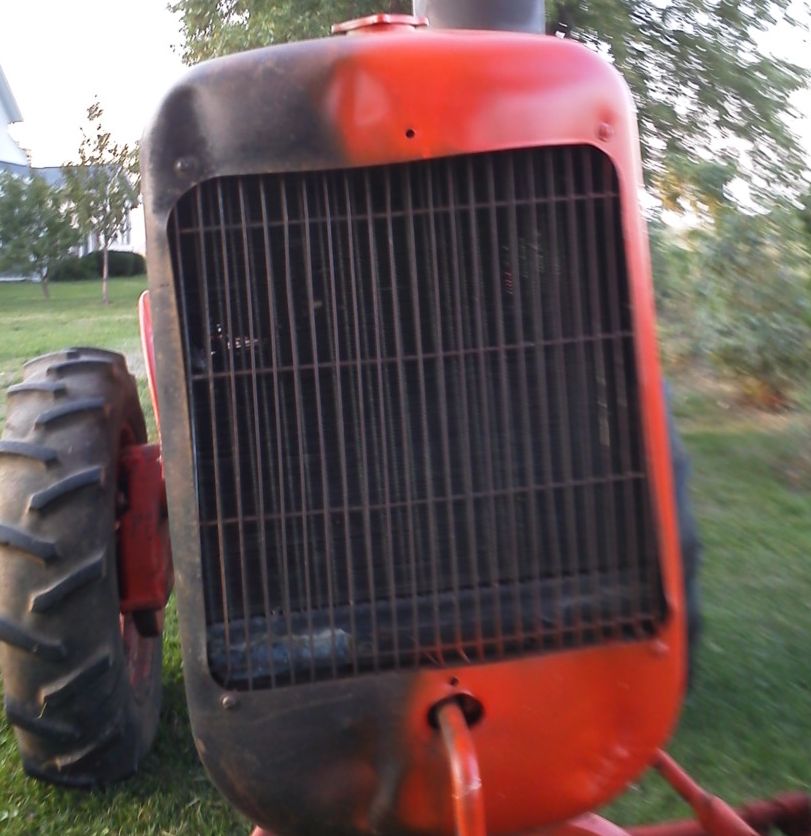Brakes have a simple, yet complex task.
First and foremost, they convert kinetic energy to heat.
...Once that has been done, they have to 'shed' the heat, and contrary to what one would believe, a brake disk or drum sheds very, very, very little thermal energy while in the process of application. The cooling of a braking element occurs after the braking event, and the pads/shoes have been released. (they're naturally thermal insulators!)
The amount of heat that a brake unit can absorb, is directly proportional to the MASS, and the temperature rise resulting from a brake application is a ratio of how much energy is absorbed, divided by the mass absorbing that energy, in each application.
Notice that when you're looking at a brake disk or drum, they have a measurement indicated as 'not-to-exceed'. This is called the 'condemnation limit'... it is the point at which a series of brake applications will result in temperature rise in excess of the alloy's capacity to absorb, without becoming 'plastic'...
I'll clarify that 'PLASTIC' is meant as a material's 'state', not a material 'type'. PLASTIC state, means it has softened into moldable, or in case of a brake, 'stripped' off in an impressive shower of glowing glory. When a brake surface approaches 'plastic' state, the disk or drum material starts shedding, and a rapid 'death spiral' of loss occurs- the shoes or pads get shredded, and the remaining disk/drum material temperature skyrockets, and which time, the brake ceases to be useful for anything other than setting roadside grass, axle seals, etc., on fire.
People who buy, or drill and slot rotors, frequently have no idea WHY those are drilled or slotted. It does not significantly affect the removal of brake lining or brake mass losses. The primary purpose of drilling and slotting was originally employed in aircraft, for the purpose of preventing catastrophic dismemberment of a brake disk as a result of heat cycle embrittlement- the holes would provide a relief point for incipient cracking as the disk expanded, rather than shedding pieces, and tossing them into wing tanks, bomb bays, and through electric and hydraulic lines.
PRACTICAL engineering basically demands considering the disk or drum to be a 'consumable' part, just like the pads. They WILL degrade, not so much by braking, but by being contaminated with road grit, and then smashed and chewed by the pads doing their job. Due to the nature of it's business, a brake's disk or drum MUST be made of not only a very SOFT metal, it must NOT be 'hardenable', and it must not be inclined to distort (warp) under very nasty heat cycling (think long down-mountain roll into a raining city) without cracking.
Guys who do NOT understand this reality, will attempt to use 'high alloys' to look for some performance advantage (lighter weight brakes = less unsprung weight, less polar mass at the wheel, less centrifugal force in turning, etc), at the expense of a disk less able to absorb heat without work-hardening, and cracking.
As Miller noted- drums were eclipsed by disks, particularly for front wheel applications, because a drum, when heated, assumes a non-roundish shape (like a bell) and a larger diameter. as a result, the curvature and addressing of the brake shoe was seriously reduced, thus, the brake force was rapidly reduced, causing what's referred to as 'fade'. Discs took over, because they expand more in their diameter, while changing very little in their THICKNESS... and furthermore, expanding in thickness INCREASED, which advanced it INTO the pads, rather than drifting away, or askew of the friction element.
Many ask why, when manufacturers went to disk fronts, that they waited so long to go disk rear. Two simple reasons:
1) Drum brakes readily accept a simple cable for emergency/parking brake application... not so simple with disc calipers... and
2) When braking, the greatest proportion of braking occurs on the FRONT wheels, not the back. When braking really, really, really hard, it's not inconceivable to have an inch of daylight between the rear tires and the ground, which means 100% of braking force is on the front wheels. This being the case, if there was only a small fraction of contact force on those tires, the braking intensity of a disc would simply result in locked up tire.
These two reasons in place, drums in rear made substantially more sense.
But the deeper answer to 'why not drill drums', is hidden in there too... remember what I noted about 'grit' getting in there?
When a drum is enclosed, it WILL fill up with brake dust, which is partly the shoe lining, and partly the friction surface.
Introduce road grit, and that brake dust starts including all sorts of silicas and other crud, which either lubricates, or abrades (usually both happening at same time), and destroys the shoes and drums significantly faster than if they were simply closed.
Edited by DaveKamp - 24 Jul 2020 at 1:57pm









 Topic Options
Topic Options


 Post Options
Post Options Thanks(0)
Thanks(0)



